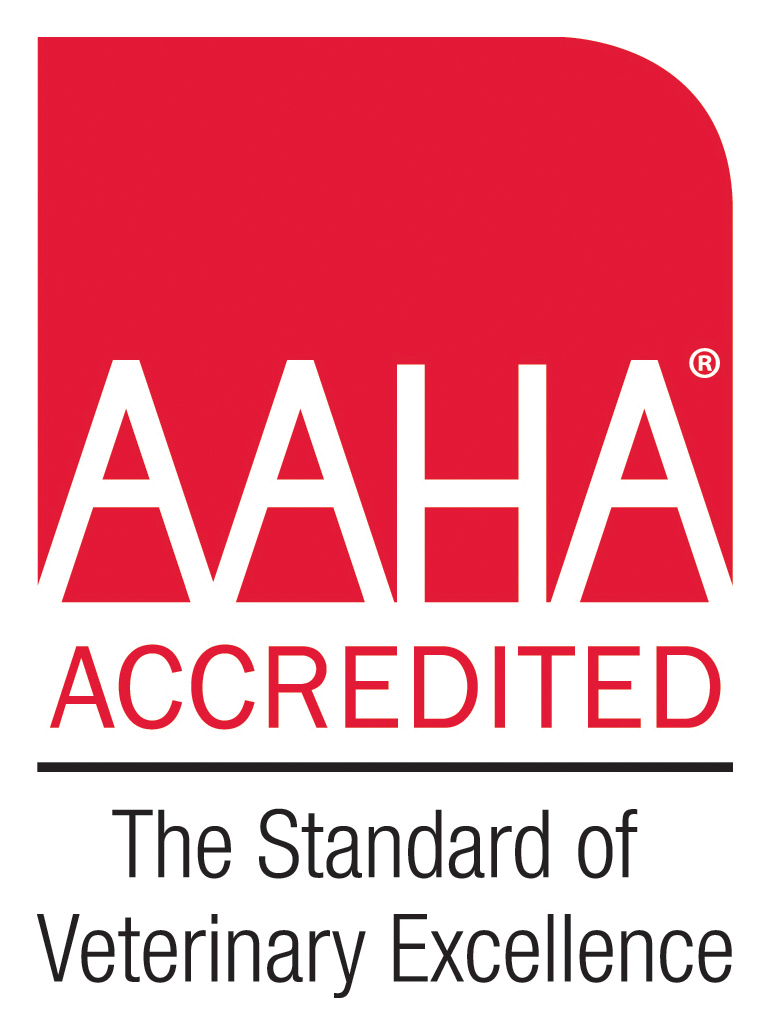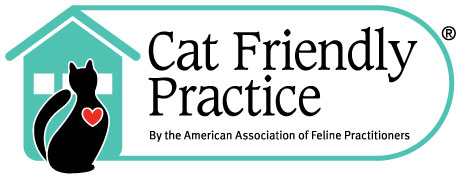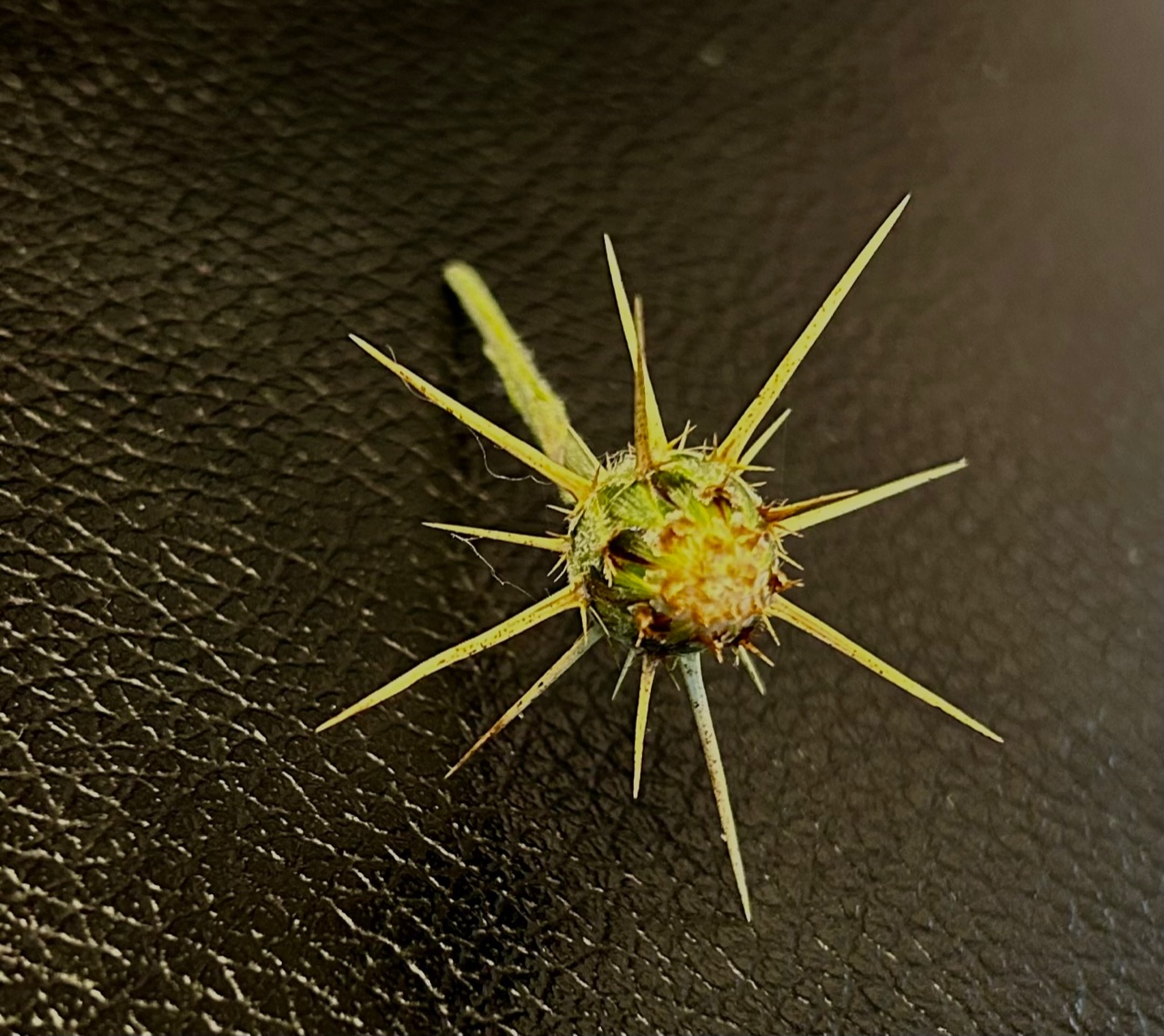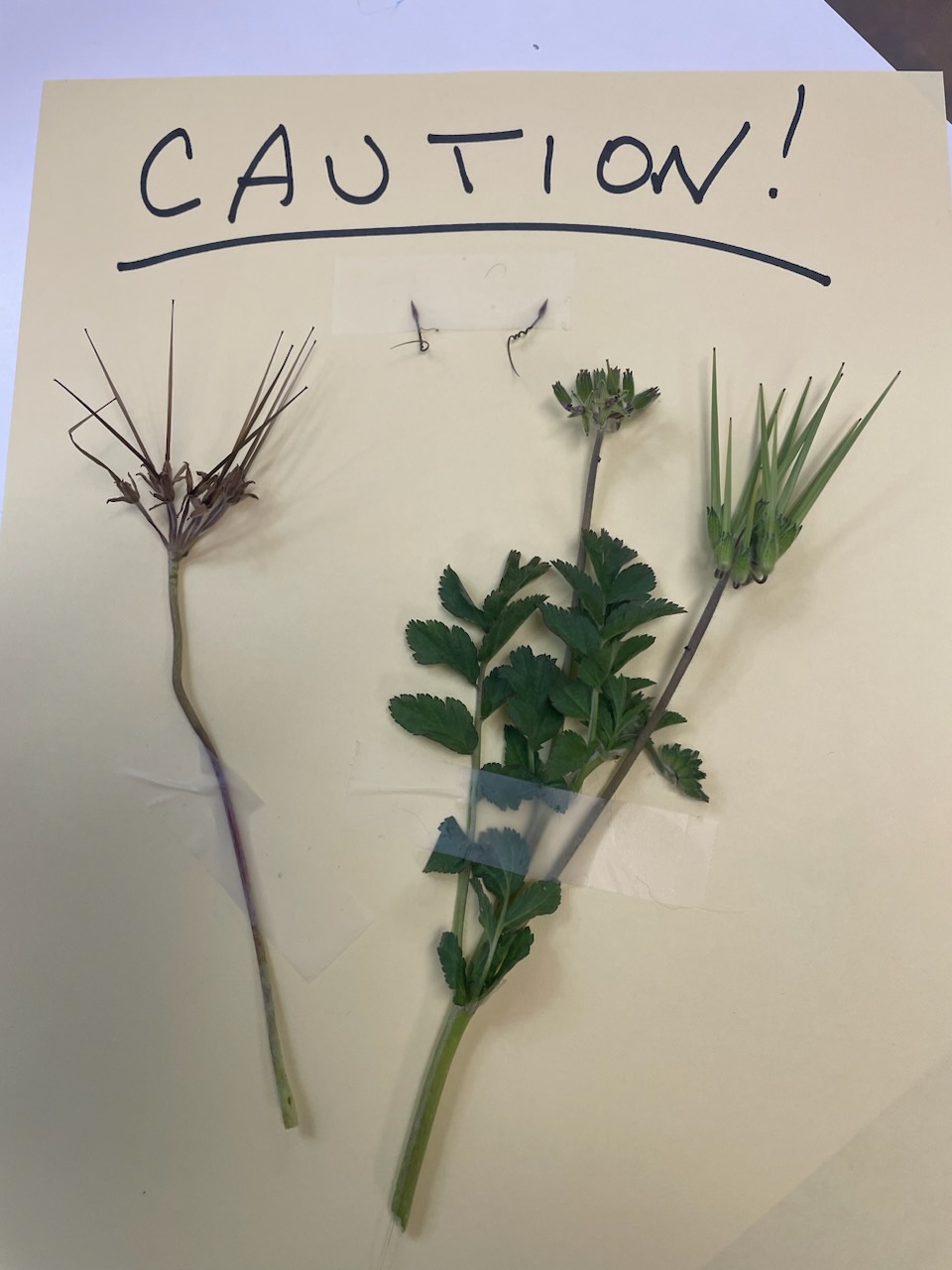One of the most common problems I treat on a daily basis is joint pain. Some joint disease is congenital: an animal is born with bones that do not line up properly, or ligaments are loose and allow the bones to move too much. This prevents smooth movement of the joint and causes wear to the cartilage. Hip dysplasia, as seen here, is a common genetically induced malformation of the hip joint, causing the ball and socket to be too loose. Some joint disease is due to trauma: a joint can be fractured or dislocated causing damage to the joint surfaces and ligaments. Most joint disease is degenerative: just the result of time breaking down the smooth running mechanisms of the joint.
These and other forms of joint disease lead to inflammation in the joint: arthritis. Inflammation causes the joint fluid to be less viscous (as if you never changed the oil in your car) so it becomes a poor lubricant and inflammation worsens. As ligaments and tendons begin to weaken, the joint becomes unstable. The body will attempt to stabilize the joint by producing little bridges of bone called osteophytes, which we can see on radiographs. All this inflammation hurts!
Treating arthritis involves surgically stabilizing joints in cases where that is possible, weight control, proper types of exercise, the use of anti-inflammatory drugs and diet supplements, and in some cases veterinary acupuncture and veterinary supervised chiropractic care. Preventing arthritis is a lifelong task. Keeping pets fit is a matter of proper diet, weight and exercise can add 2 years to your pet ™s life!
We at Animal Care Clinic are very interested in your pet ™s fitness and general health. We welcome the opportunity to help you choose pets less likely to develop arthritis; design feeding and exercise programs to prevent arthritis; and devise treatment programs for your pets that already have some joint pain, to help maintain the highest quality of life possible for as long as we can.
by Bonnie Markoff, DVM, ABVP









Leave A Comment
You must be logged in to post a comment.